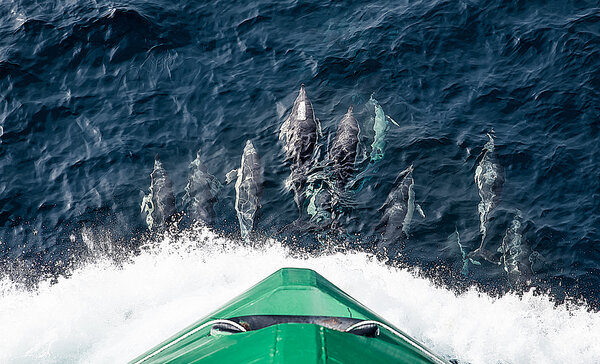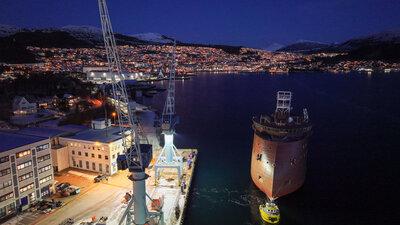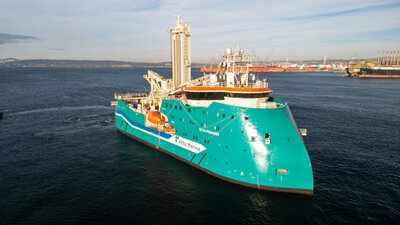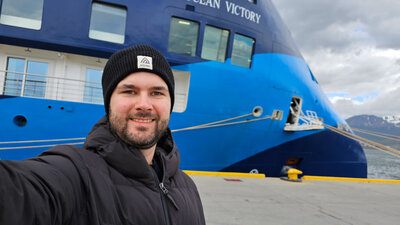Less shaking, it also means less vibration, less noise and less splashing
First impressions
The X-BOW® was developed by the team at Ulstein Design & Solutions AS and has greatly improved crew comfort.
Arnkjell Brandal was the first officer to command the anchor-handling tug supply vessel Bourbon Orca from 2006 until May 2015. This seafarer, used to traditional bows, tells us of his first impressions on board.
"Less shaking, it also means less vibration, less noise and less splashing," he says.
It was like a shock, paradoxically. This vessel was nothing like what I had experienced before! Traction situations in head seas were much more comfortable. There was no slamming and, therefore no loss of speed. We could easily tow without the high dynamic tension variations experienced with traditional bow forms in bad weather conditions. And in transit in head seas, we kept high speed, floating on top of the waves, with a substantial reduction in heave movements and stamping,
says Brandal. He adds;
Due to a favourable combination of diesel electric propulsion, azimuths and the X-BOW, the Bourbon Orca has a proven record of up to 50% less fuel consumption in typical anchor handling operations than conventional anchor handling vessels.
Bourbon Orca was contracted by Bourbon Offshore Norway in 2005 as the first X-BOW vessel. She was delivered by Ulstein Verft in 2006.
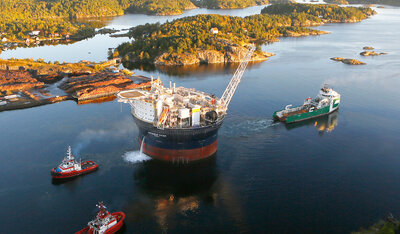
Norwegian shipbuilding traditions
While some have compared them to Viking ships, others say the X-BOW vessels resemble spaceships, taking the crew into space rather than over the seven seas. Due to her organic lines, the shipowner gave the first X-BOW vessel the name 'Orca'.
The Kvalsund ship found at Sunnmøre was built around 700 AD. Together with the Oseberg ship from approximately 800 AD and the Knarr from around 1,000 AD, the latter two were built in the Viking age. These ships have bow shapes resembling the ULSTEIN X-BOW.
After approximately 1,000 AD, the Viking bow design disappeared from Norwegian shipbuilding:
Upon entering the 12th and 13th centuries, a ship with straighter stem and stern posts, the jekte, makes its entry, says Per Weddegjerde, who is responsible for the boat collection at the Sunnmøre Museum in Ålesund, Norway.
Skilled shipbuilders and mariners
Did they understand what made a boat seaworthy and speed-efficient a thousand years ago?
"There is a lot we do not know about shipbuilding during the Viking era and before, but we do believe the Vikings were good craftsmen. They were skilled shipbuilders and mariners with knowledge and experience going back generations."
Per Weddegjerde says the lines of today’s X-BOW vessels from Ulstein are similar to those of the old boats in the museum’s collection but stresses that the new ships are something altogether different.
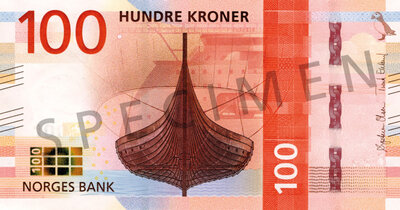
Protected
He believes there were several reasons why the old Norwegian mariners wanted boats with an aesthetic bow shape.
I do not know exactly why they chose this bow shape, but one would imagine that the tall lines in the bow provided protection against arrows and spears during battle as well as a buffer against wind, storms and sea spray, says Weddegjerde. He holds a skipper’s license and was once a fisherman.
I have no problem seeing that the ULSTEIN X-BOW is a hull shape that provides good seakeeping characteristics and steady running in head sea. The shape takes a bit of getting used to; but once people see that these are good sea boats, they will probably come to like the shape, says Weddegjerde reflectively.
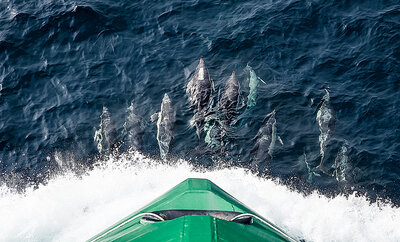
This interview with Per Weddegjerde was conducted in 2006 when the first X-BOW vessel was delivered. Ten years later, the number of X-BOW vessel designs sold exceeded 100.
Below is a mobile phone film dating from 2007, showing the first X-BOW vessel, the AHTS ’Bourbon Orca’, on her way from Mongstad to the North Sea. Keeping a speed of 13 knots, she passes between two vessels that have reduced their speed to 8 knots due to heavy seas.
